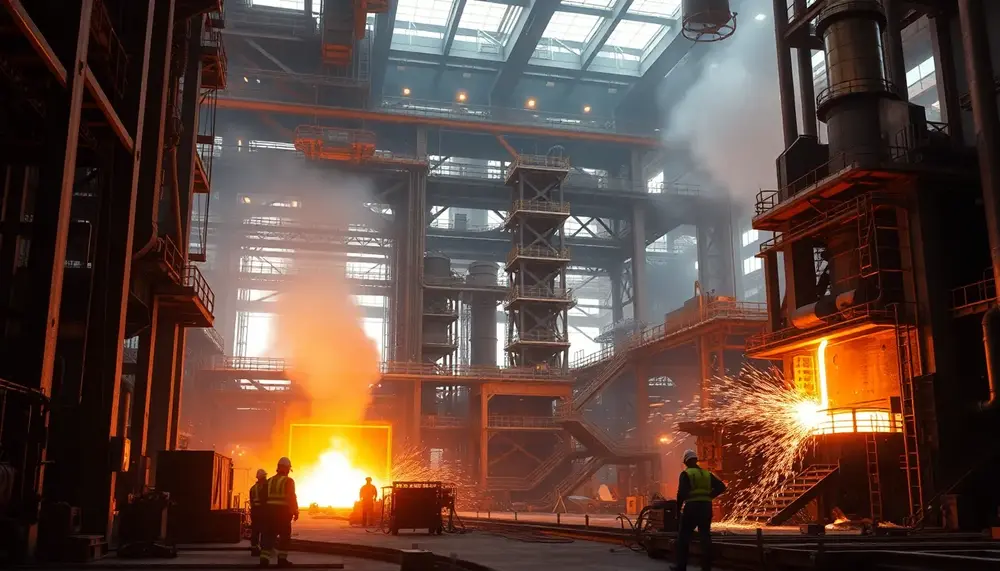Weight
Weight
Einführung zum Begriff "Weight" in der Stahlproduktion und im Stahlhandel
In der Welt der Stahlproduktion und des Stahlhandels ist der Begriff "Weight" allgegenwärtig. In einfachen Worten ausgedrückt, bezeichnet er das Gewicht eines Stahlprodukts oder einer Stahllieferung. Es ist ein wesentlicher Faktor bei der Preisgestaltung und der Logistik.
Warum ist "Weight" wichtig?
Die Bedeutung vom Gewicht lässt sich leicht erklären. Je mehr Stahl ein Produkt enthält, desto schwerer ist es. Und je mehr Stahl verwendet wird, desto höher sind die Kosten für Material und Produktion. Beim Handel mit Stahl ist das Gewicht daher ein entscheidendes Kriterium. Ein höheres Gewicht bedeutet mehr Stahl und somit einen höheren Preis.
Gewicht als messbare Größe
Die exakte Angabe des Gewichts ist aus mehreren Gründen wichtig. Sie dient als Qualitätssicherung im Herstellungsprozess und hilft beim Einhalten von Industriestandards. Das Gewicht eines Stahlprodukts ist ein Indikator für seine Leistungsfähigkeit und Zuverlässigkeit. Schwere, dichte Stahlsorten können starken Belastungen standhalten und sind deshalb in bestimmten Industriebereichen gefragt.
Gewicht und Transport
Im Bereich Transport und Logistik spielt das Gewicht ebenfalls eine wichtige Rolle. Die Transportkosten hängen oft direkt mit dem Gewicht der zu transportierenden Güter zusammen. Daher müssen Händler und Kunden das genaue Gewicht der Stahlprodukte kennen, um die Transportkosten zu berechnen und die geeignetste Transportmethode zu wählen.
Fazit
Zusammenfassend lässt sich sagen, dass das Gewicht in der Stahlproduktion und im Stahlhandel unverzichtbar ist. Es beeinflusst die Produktionskosten, den Verkaufspreis, die Qualität und die Transportkosten von Stahlprodukten. Es ist also sowohl für Hersteller, Händler als auch für Kunden von großer Bedeutung, das Gewicht eines Stahlprodukts genau zu kennen und zu verstehen.
Blog Posts with the term: Weight
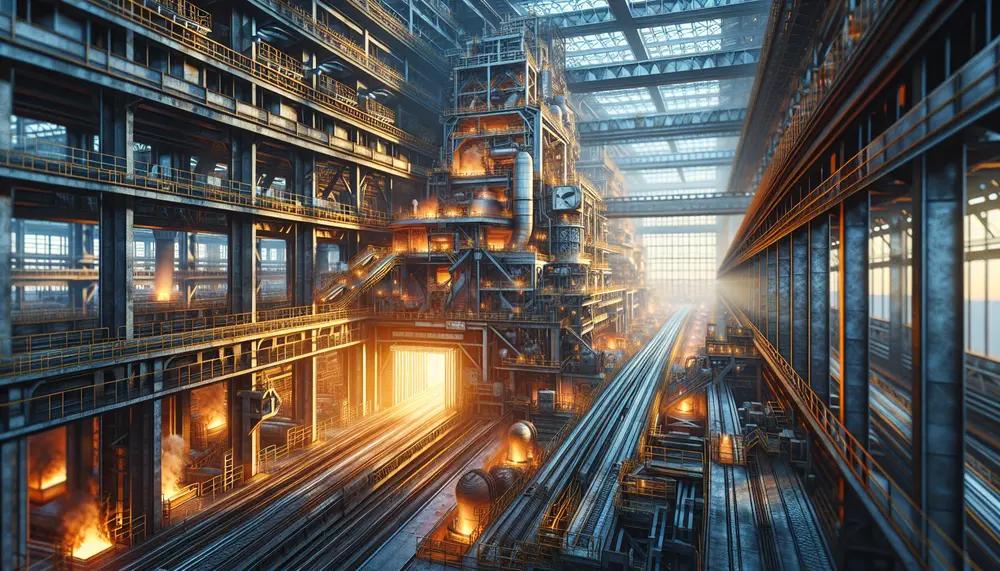
Steel making is a sophisticated process that turns iron ore into steel, involving methods like the Blast Furnace and Electric Arc Furnace to produce various grades of steel. The industry emphasizes sustainability by using additives and recycled materials while ensuring...
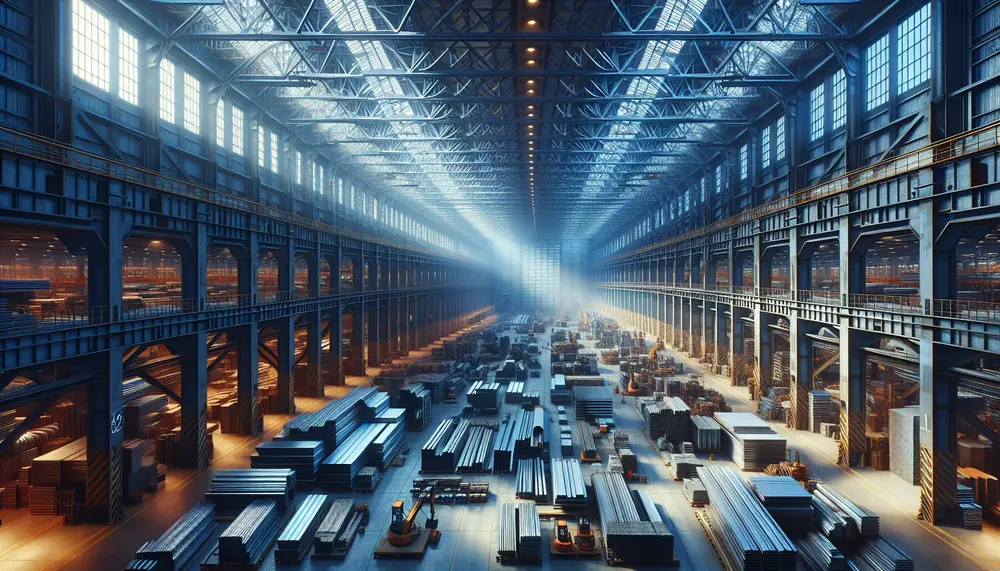
Nigeria's steel production industry is crucial for its industrial development, with potential to become a major producer due to iron ore deposits. However, the sector faces challenges such as small-scale operations and requires strategic solutions for sustainable growth. The evolution...
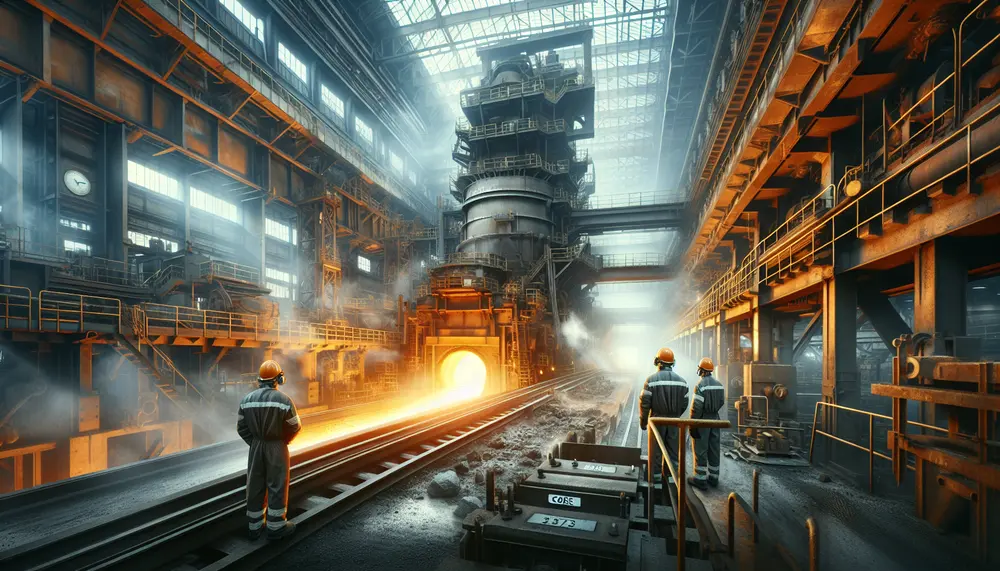
Coke is crucial in steel production, providing heat and chemical reactions for smelting iron ore while also structuring the blast furnace. However, its use emits pollutants and CO2, contributing to environmental concerns....
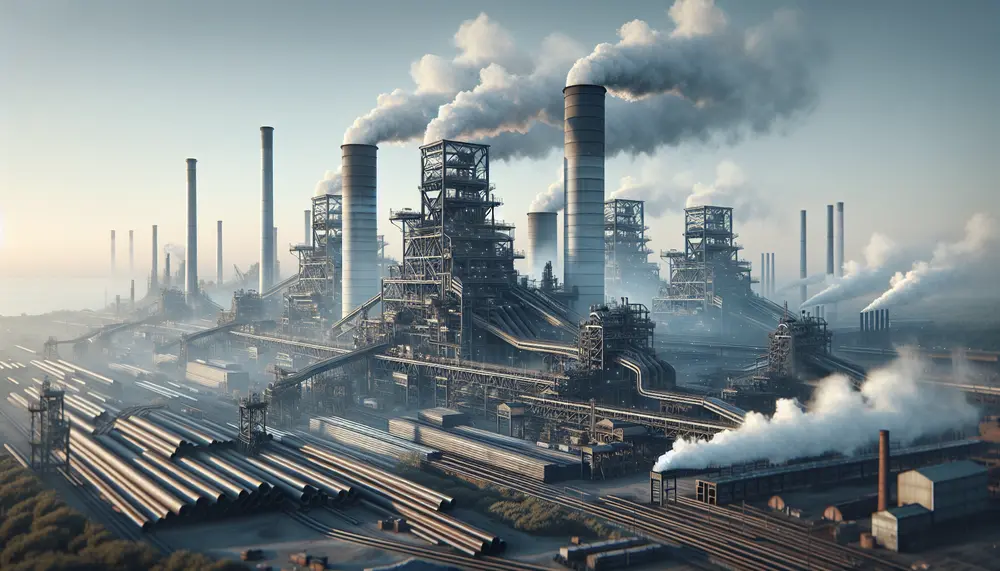
Steel production in France has grown due to technological advancements, increased demand, and strategic investments despite challenges like environmental regulations and market volatility. The industry's history shows a pattern of expansion post-WWII, peak production in the 1970s, followed by decline...
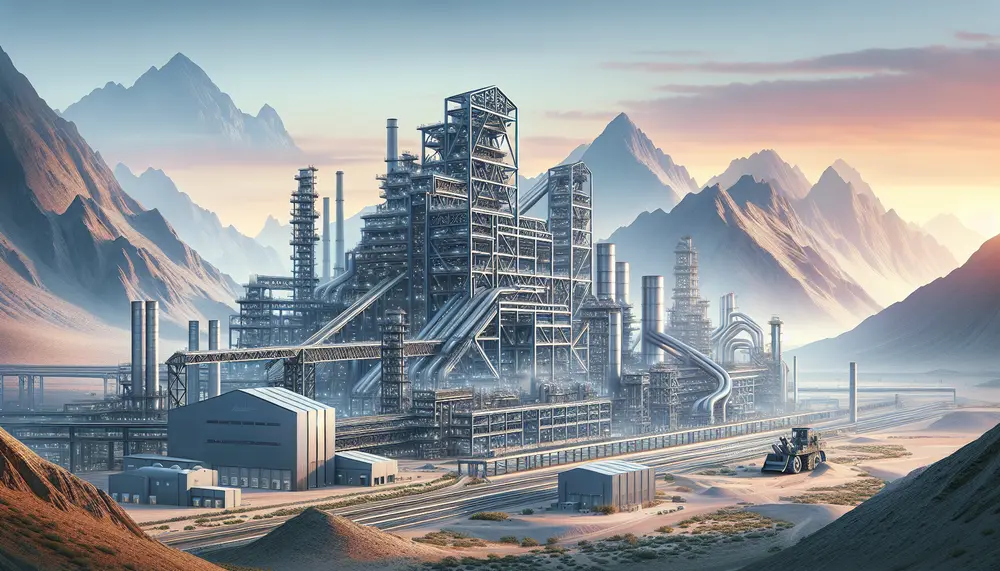
Oman's steel production has seen significant growth, contributing to the nation's GDP and infrastructure development. Strategic expansions have increased capacity to over 2.4 million tons, with key players like Muscat Steel Industries Co. LLC driving this dynamic sector forward through...
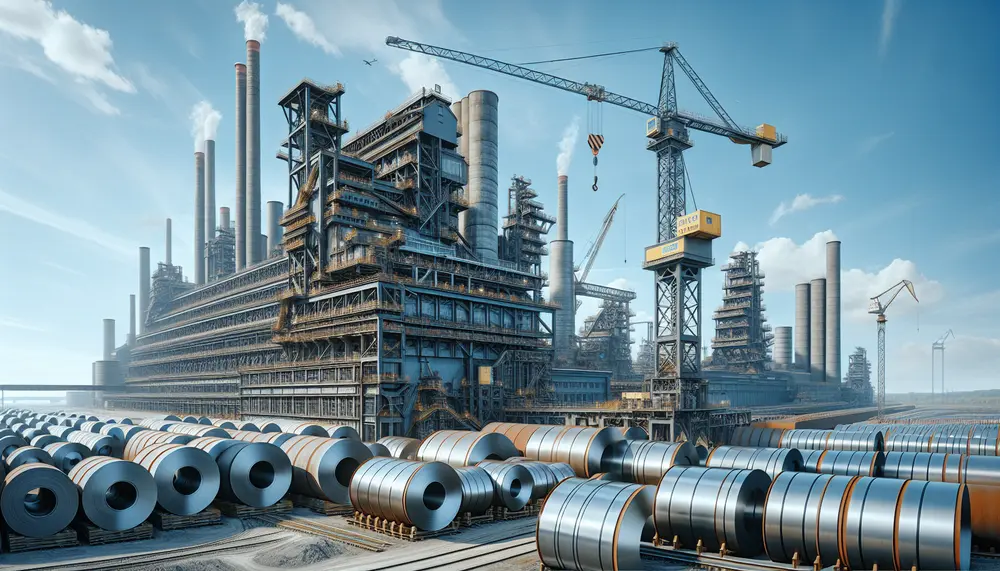
The steel industry in the Netherlands is integral to its economy, known for innovation and sustainability, with a focus on high-grade production used across various sectors. The Dutch sector's evolution has been shaped by historical shifts and strategic investments like...
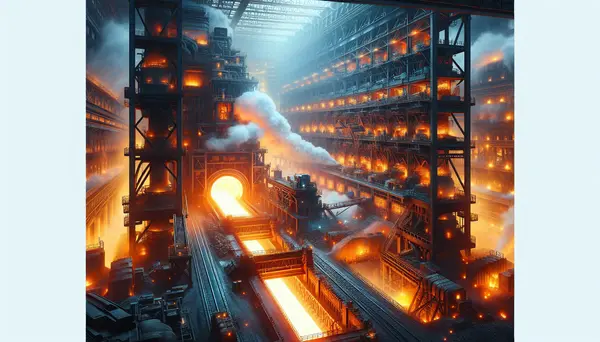
Steel, an alloy primarily composed of iron and carbon, is a crucial material in modern construction and manufacturing due to its strength, flexibility, and durability. The process of making steel involves extracting iron ore, purifying it through beneficiation processes, smelting...
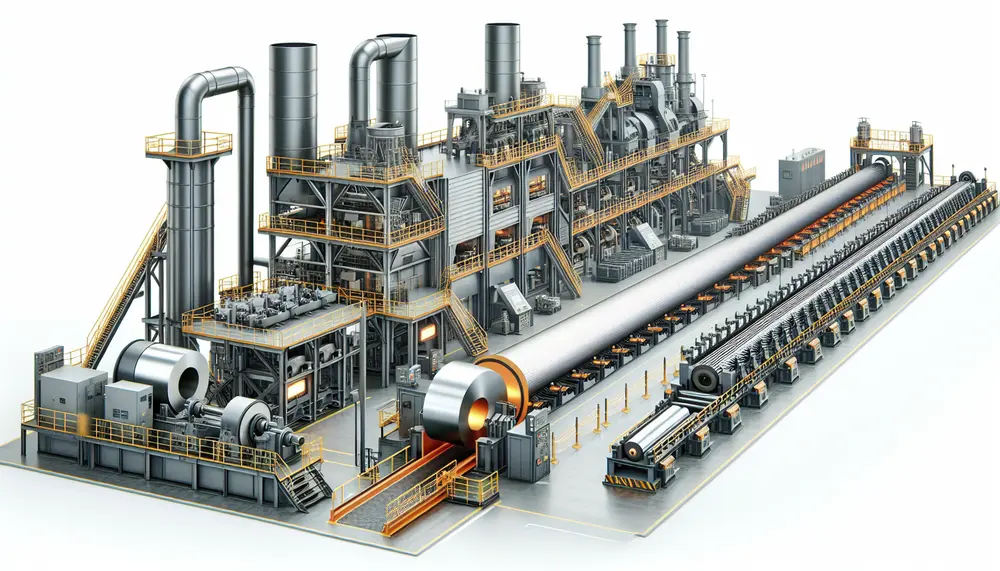
Steel manufacturing is a complex process that transforms iron ore into steel, involving precise heating and mixing to create different grades for various applications. The journey includes primary methods like Basic Oxygen Steelmaking (BOS) and Electric Arc Furnace (EAF), followed...
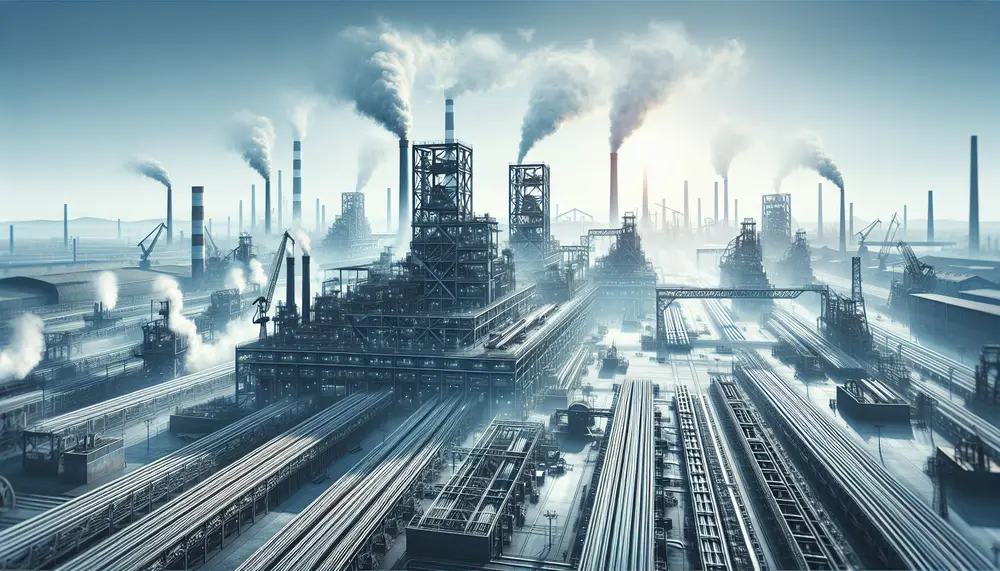
Steel production in the United States varies by state, reflecting unique resources, workforce skills, and industrial strategies; key states like Indiana, Pennsylvania, Texas, and Ohio lead due to factors such as natural resource availability and technological innovation. Mini-mills have revolutionized...
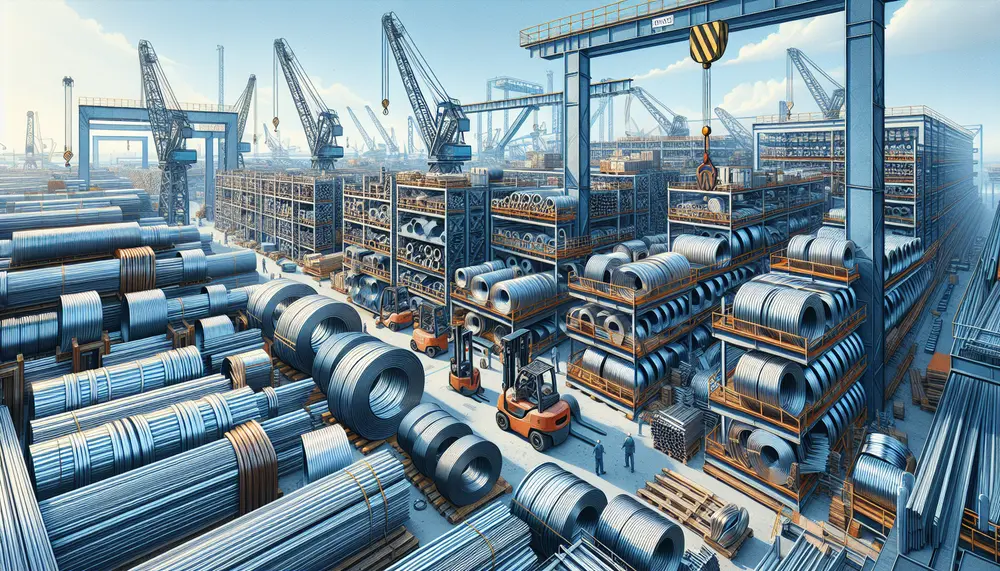
The global steel industry is a critical component of modern infrastructure and economic growth, with production levels indicative of a country's development stage. China dominates the market as the largest producer, while other key nations like Japan, Germany, and India...
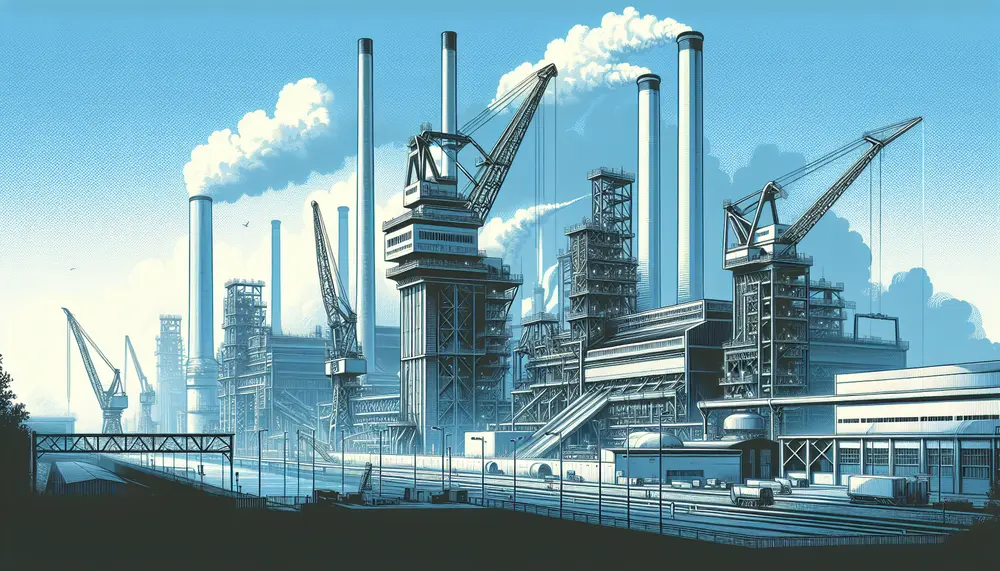
Steel production is a fundamental aspect of Luxembourg's economy, driving innovation, job creation, and international trade while shaping the nation’s industrial landscape. The industry has evolved through technological advancements and sustainability efforts to maintain its relevance in the global market....
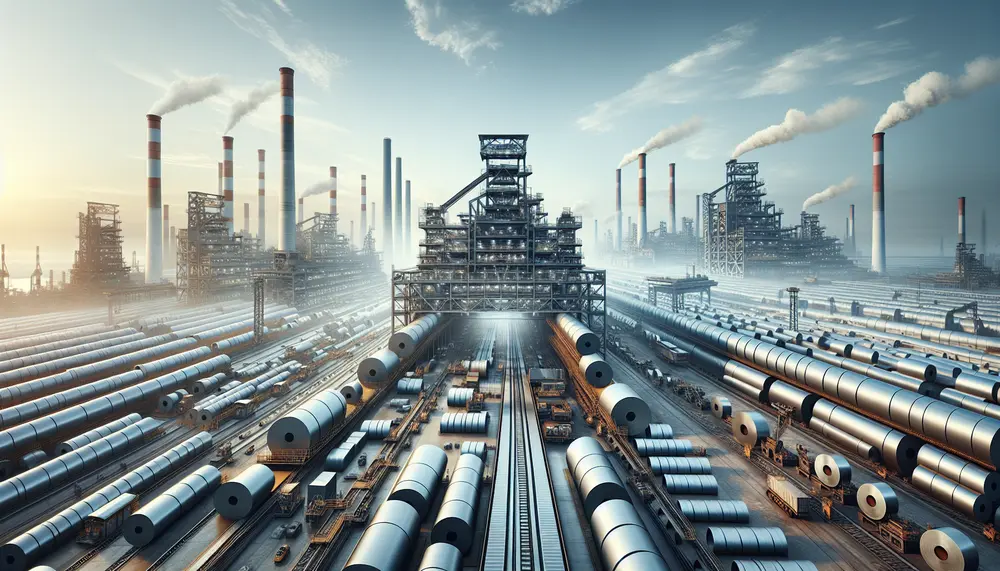
South Korea is a key player in the global steel market, known for its production capacity, innovation, and high-quality specialty steels. The industry's economic impact on Korea includes job creation and skill development while driving foreign investment and technological advancement;...

South Korea's steel industry has evolved into a global leader through strategic government investments, innovation in eco-friendly technologies, and significant contributions to the economy....
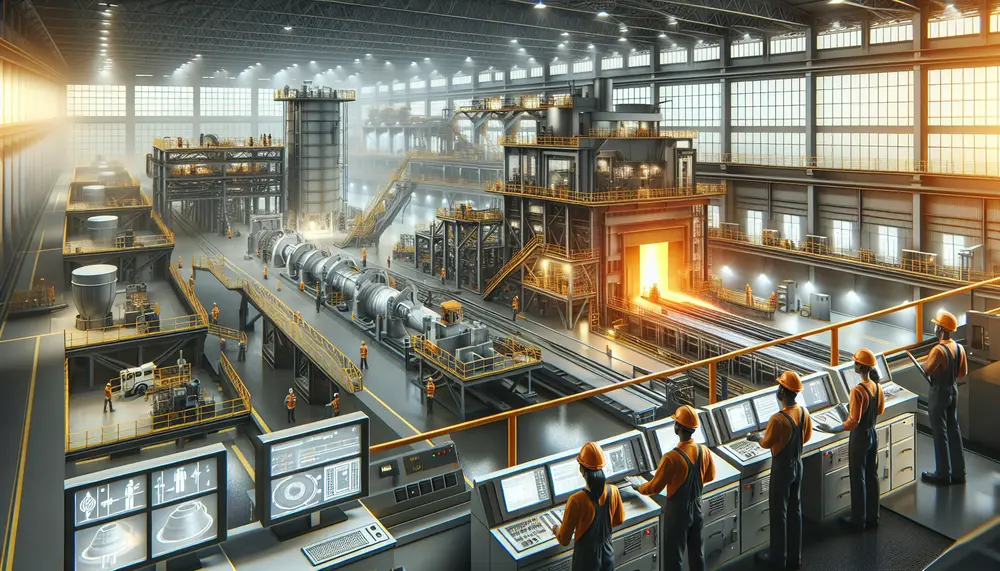
The article explains the importance of understanding a steelmaking flow chart, which outlines each step from raw material preparation to final products, aiding in efficiency and productivity. It details key components like raw materials (iron ore, limestone, coal), primary steps...

